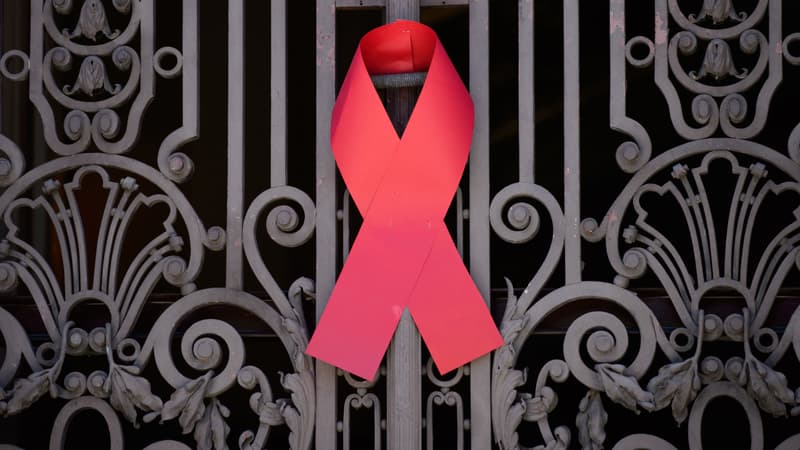As the summer of 1981 approached, the American health organization CDC reported a rare lung disease, pneumocystosis, in five young gay men in California. This is what is seen today as the first alert for AIDS, a disease that at the time still had no name but has since killed more than 41 million people.
Identified by French researchers
At the Institut Pasteur, in France, “it all began in 1982 with a meeting with clinical colleagues who shared with us their observations in the first French patients, convinced that a retrovirus could be responsible for this new disease,” says Françoise Barré- Sinoussi, then a retrovirologist at Pasteur.
It was during this period that the term “AIDS” (“acquired immunodeficiency syndrome”) appeared; “AIDS”, in French, for acquired immunodeficiency syndrome.
In May 1983, the team of French researchers, made up of Françoise Barré-Sinoussi, Jean-Claude Chermann and Luc Montagnier, announced that they had “isolated the virus”, but it was not until 1984 that they discovered that this virus was indeed the cause of the virus. AIDS, explains the researcher.
A virus called HIV
Everything remained to be learned and it was necessary “to mobilize other teams: immunologists, molecular biologists, clinicians and patients, knowing that at that moment we would not have time to find a treatment to save” those who were already sick, recalls Françoise. Barré-Sinoussi.
“We found ourselves in front of people who came to the Institut Pasteur to ask us questions about the virus. Humanly speaking, it was very difficult”, says the researcher.
The virus was finally named HIV in 1986, for “human immunodeficiency virus.” France and the United States disputed the paternity of the discovery until 1987, the date of a Franco-American agreement where Robert Gallo and Luc Montagnier were described as “co-discoverers” of the AIDS virus. A financially crucial paternity, due to the royalties extracted from screening tests resulting directly from the discoveries.
“When I started, I was a researcher who never left her laboratory. Suddenly I found myself facing things that I never imagined possible, such as the general public’s lack of tolerance towards certain populations”, describes Françoise Barré-Sinoussi.
The use of triple therapy
In 1994, AIDS was the leading cause of death among Americans ages 25-44.
“At that time, patients were stigmatized, abandoned by their families, their friends, sometimes by health professionals. Some lost their homes, their jobs”, adds the researcher.
The advent of triple therapies (combination of three molecules against HIV) in 1996 then marked a considerable turning point, and in the United States the number of victims fell for the first time.
Four years later, the United Nations AIDS Program (UNAIDS) and five major laboratories signed an agreement to distribute affordable treatment in poor countries. Another compromise was signed in 2001, this time to allow developing countries to manufacture generic AIDS drugs, while Africa was the first continent to be affected.
Development of preventive treatments
On July 16, 2012, a first preventive treatment was authorized in the United States. In 2017, for the first time, more than half of HIV carriers worldwide are on antiretroviral treatment.
According to the latest UNAIDS estimates in 2021, this proportion is around three quarters: more than 28 million people treated out of the 38.4 million infected.
In 2023, research for a vaccine continues, but none has yet been found.
Source: BFM TV


